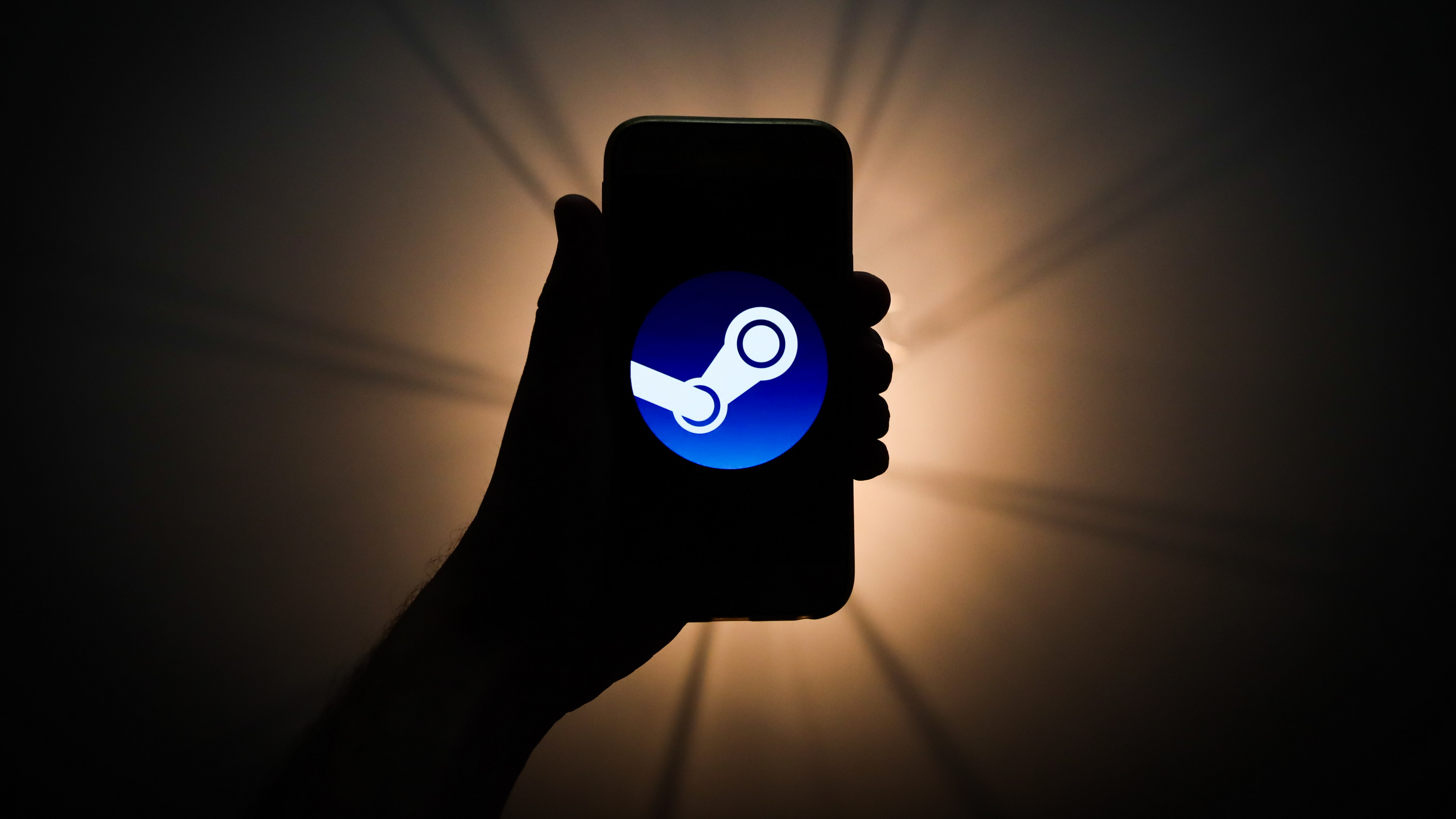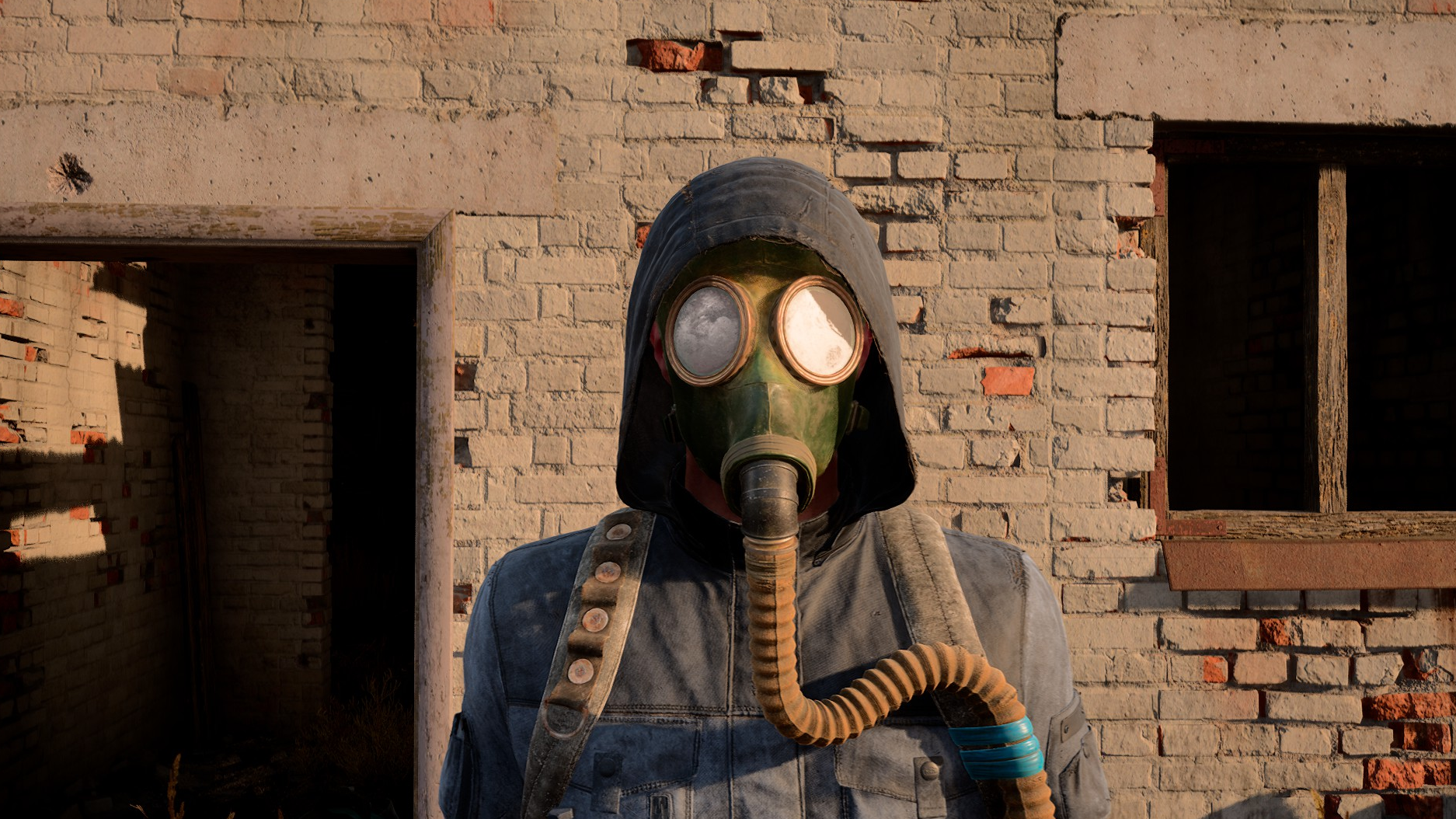
Valve rolled out a new system today that's resulted in a massive hike in some recommended prices outside the US.
Valve has made changes to its regional pricing recommendation system that should make life easier for developers, but it could also lead to higher prices for games in some countries.
Steam currently supports 39 different currencies, and that’s a lot of monies for developers to deal with, especially small indies. As Valve said in today’s announcement, it’s easy enough to decide you’re going to charge $20 for your latest release, but what’s it going to cost in Qatari riyals or Norwegian krone? Rather than forcing everyone to horse around with manual exchange rate conversions, Steam makes recommendations across all currencies, based on your US dollar pricing.
“We think it’s a helpful guide, but with purchasing power and foreign exchange rates constantly evolving, we needed to make significant changes to those conversion recommendations to stay current,” Valve said in the pricing recommendation update.
“We’re also committing to keeping this guide as valuable as it can be by establishing a more regular cadence to review prices. We’ll take a close look at these recommendations on an annual basis, and make adjustments accordingly.”
That all seems quite reasonable. But the new price recommendations, shared on Twitter by SteamDB, reflect some astonishing increases. On a $59.99 game, for instance, the recommended price in Turkish lira jumped from ₺92 to ₺510, a 454% increase. The Argentine peso went up even more, from AR$649 to AR$3800, an increase of 485%. Other increases are less egregious but still noteworthy: Steam’s recommended prices in Russian rubles are up 75%, the Indian rupee 80%, the Kazakhstani tenge increased by 97%, and the Polish zloty went up by 28%. Even my beloved Canadian dollar went up, although by a more inflation-correlated 13%.
(Image credit: Valve (via SteamDB))
To be clear, these increases do not reflect an increase in actual prices on Steam, only in the pricing that Steam recommends to developers, who are free to charge whatever they want in whatever regions they want. Nonetheless, it could have an impact on some games: Busy indie developers trying to release games on Steam probably don’t want to sink a whole lot of time into figuring out unique prices for, say, Colombia and Switzerland, so at least some of them are likely to take advantage of Valve’s recommendations to just get it done.
The massive increase in Turkish and Argentine pricing specifically could be driven by Valve’s efforts to curtail region-swapping—the practice of using VPNs to purchase games at cheap prices. Some developers have taken individual steps to combat region swapping: Motion Twin, for instance, increased the price of Dead Cells in Turkey and Argentina earlier this year because “a significant portion of sales in the last year came from these two countries, without a corresponding increase in players there.”
“The percent of our total sales from a given country will roughly equal the percent of our total players from that country,” the studio wrote. “For Argentina & Turkey, their percent of total sales is 3-4X the amount of the percent of their total players.
“By no coincidence, the price of Dead Cells and DLC in these two countries are by far the lowest in dollar/euro terms, so it is extremely likely that people are changing their region to take advantage of a 70-90% reduction in price.”
Fluctuations in exchange rates can also impact regional pricing recommendations, although Valve said that it’s not the only factor that goes into it. From the updated Steamworks pricing page:
It’s tempting to treat pricing as a simple problem of foreign exchange rates and tie each currency’s price equivalency to the exchange rate. But that kind of strategy vastly oversimplifies the disparate economic circumstances from one territory to another. And while exchange rates do have macroeconomic consequences, they generally don’t have short term impacts on an individual consumer’s purchasing.
Rather than just pegging prices to foreign exchange rates, our process for price suggestions goes deeper into the nuts and bolts of what players pay for the goods and services in their lives. This includes metrics like purchasing-power parity and consumer price indexes, which help compare prices and costs more broadly across a bunch of different economic sectors. But in the case of games on Steam, we also drill down more specifically to entertainment purchasing to better inform those decisions.
All of these factors have driven us towards the commitment to refresh these price suggestions on a much more regular cadence, so that we’re keeping pace with economic changes over time.
Even with the recommended price increases, games in many of these regions remain considerably cheaper than they are in US pricing. AR$3,800 works out to about $24.50, while ₺510 is $27.40—each is still less than half of the cost of the game in the US. But the percentage increase is massive, and the net income per capita in both of those nations (and many others on the list) is significantly lower than that of the US. Developers who adopt the higher price recommendations may see reduced region swapping, but it’s also going to put a lot more financial stress on consumers in impacted regions.
Some users on Reddit don’t think the new recommendations will have much impact on big releases, because major publishers don’t pay any attention to recommended pricing anyway—and generally charge more. “RE4 Remake was 25% above the new price even before the change, and FIFA 22 (yes, last year’s) went for twice as much,” redditor SchrodingerSemicolon wrote. “What this does is just increase prices across the board for those games that did follow [the guide] before.”
Indie games are a different matter, however, because as several redditors pointed out, indie developers are the ones most likely to follow pricing recommendations. Indonesian gamer arhcerwartune said in a “frustration rant” on Reddit that “we got a big hit of +30% to +73% on games priced $10-30 which [is] the indie spot. I understand it’s because [of] inflation and stuff but it’s broken the purpose of REGIONAL PRICING.”
I’ve reached out to Valve for more information on the recommended price increases, and will update if I receive a reply.



